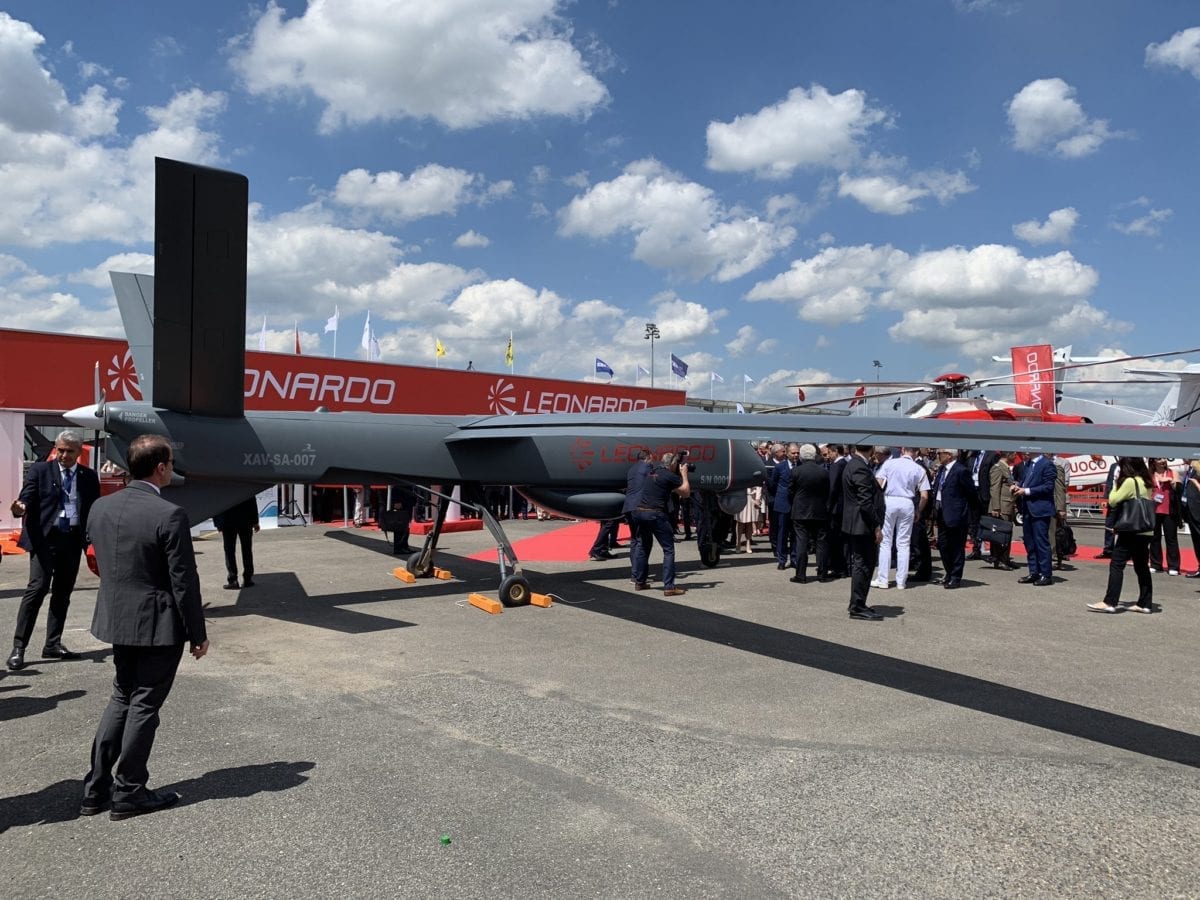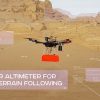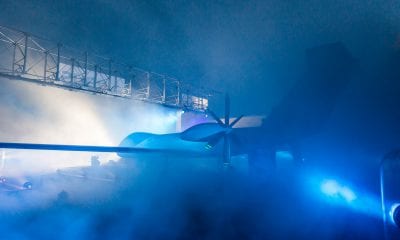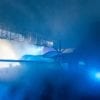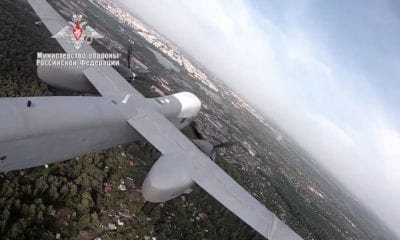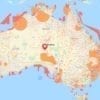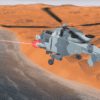Defense
Leonardo’s Largest Drone to Date Unveiled at Paris Air Show
On the occasion of the 53rd Paris Air Show, Leonardo introduced the Falco Explorer with the presence of the Italian Prime Minister Conte who unveiled the youngest entrant of Leonardo’s Remotely-Piloted Air System (RPAS) — Falco — family. The Falco Xplorer is the largest drone manufactured by Leonardo. It can carry a 350 kg payload with a 1.3 t maximum take-off weight. It offers over 24 hours of flight time endurance and is able to communicate through satellites.
Leonardo’s largest UAV to date… #PAS19 pic.twitter.com/QQBAz8Q14b
— Khalem Chapman (@AirheadJourno) June 17, 2019
Currently undergoing the last ground tests to obtain its certification, the Falco Xplorer is expected to embark on its maiden flight in June from Trapani Airport in Italy. Besides, the new RPAS has been designed and manufactured in Europe. Consequently, it is not bound by International Traffic in Arms Regulations (ITAR). Its technical characteristics place it within the Missile Technology Control Regime (MTCR) class II category.
The #FalcoXplorer, #Leonardo‘s new #RPAS, is the state-of-the-art solution for persistent multi sensor strategic surveillance. Learn more by visiting our static display area (B6) at #PAS19! #LeonardoPAS #ParisAirShow2019 #SalonduBourget https://t.co/kFBFgxpBTz pic.twitter.com/NmAxmdhRZ7
— Leonardo (@Leonardo_live) June 20, 2019
Fabrizio Boggiani, senior vice president of airborne marketing, told reporters that he sees “significant opportunities” for expanding the company’s market share via selling individual mission packages to international institutions, such as the United Nations, and countries who don’t “want to buy and own the asset, but want us to fly where they ask us to fly.”
The Falco Xplorer will respond to civil customers’ needs such as coast guards and emergency responders as well as the military market. It will be equipped with Gabbiano T-80 surveillance radar, LEOSS electro-optical turret, SAGE electronic intelligence (ELINT) system and an automatic identification system (AIS) for maritime use. More than 50 drones have already been sold by Leonardo who offers to operate the drone on behalf of customers as a managed device.
Also at the Paris air show Raytheon Company and Black Sage formally entered an arrangement to provide an integrated drone detection and mitigation system for civil authorities, critical infrastructure and military organizations around the world.
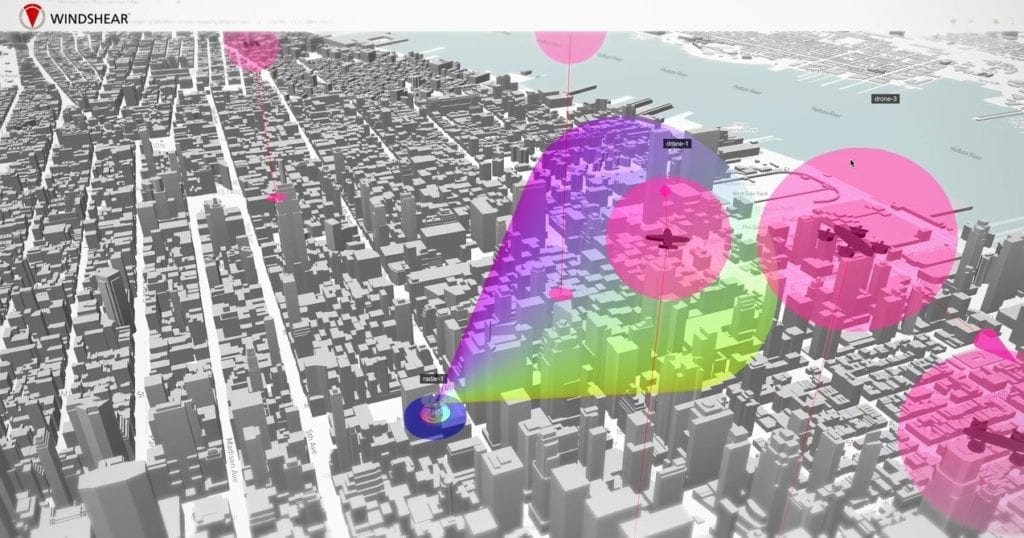
As drone use continues to increase, authorities will need ways to detect, track and — if necessary — land drones operating where they shouldn’t.
“As we saw at Gatwick and Heathrow airports, drones operating inside commercial air corridors are posing a real challenge,” said Todd Probert, vice president of Raytheon Intelligence, Information and Services. “And though Raytheon has developed a range of counter-drone systems, from missiles to lasers to high-powered microwaves, authorities also need a system that can safely stop and land a drone where it may not be safe to shoot them down. That’s why we’ve teamed with Black Sage on a solution safe enough to operate in a populated area.”
Black Sage’s sensors, AI, and radio-frequency jammers have been integrated into Raytheon’s Windshear command and control system in order to defend urban environments, like airports and cities, against drones. This combined system allows a single operator to control a network of sensors and effectors that safely and quickly track, take over or land drones flying where they shouldn’t.
Dave Romero, managing partner at Black Sage added, “Customers now have access to an unprecedented and complete kill-chain; one that can be deployed as narrowly or broadly as the mission requires.”
Air New Zealand is using drone technology for inspecting its aircraft, it said at the 53rd Paris Air show stating that airborne drones significantly reduce the time in carrying out this task.
The carrier has partnered Singapore-based maintenance, repair and overhaul (MRO) service provider ST Engineering to trial the use of a new drone system, DroScan, to inspect its aircraft at the MRO provider facility next to Singapore’s Changi Airport where they undergo heavy maintenance checks.

DroScan in action on an Air New Zealand aircraft. (Image credit: Air New Zealand)
DroScan sees an airborne drone take a planned route around the outside of an aircraft to inspect its surface and produce high definition images. These images are processed using smart algorithms to detect and classify defects, which aircraft engineers can review or carry out further inspection for defects if required.
Air New Zealand chief ground operations officer Carrie Hurihanganui said, “Using a drone to inspect our aircraft will save time, taking around one to two hours, compared to up to six – depending on aircraft type – which means repairs can start sooner if needed, and our aircraft will be able to get back in the air more quickly,” She added that AirNZ has trialled using DroScan on a number of its aircraft undergoing maintenance inspections in Singapore.
ST Engineering’s Aerospace sector deputy president Jeffrey Lam said incorporating innovative technologies into aviation MRO “holds great potential in enhancing the way aircraft get serviced” adding, “Solutions such as DroScan ‘will drive great value for the aviation industry given the huge emphasis it places on safety and efficiency’…,”.

